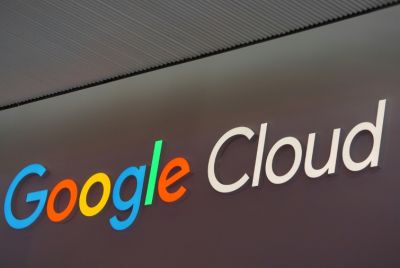Steve Jobs: A Love Affair With Computers
Steve Jobs, co-founder of Apple Inc., has died but he left behind a vacuum so huge that it will probably take a long time before his achievements can be match in the history of computers.
Here's the story of how this computer genius started his love affair with computers.
Steve Jobs (Steve Paul Jobs) was born on February 24, 1955 in San Francisco, California, he grew up with an adoptive parents Paul and Clara Jobs. But his real parents were Abdulfattah John Jandali, a Syrian emigrant and a political science professor, and Joanne Carol Schieble.
Steve was a loner who, even as spent his time playing by himself or tinkering with electronics. This interest was bolstered when the family moved to Moutain View, California, which was then becoming a center for electronics. This place, known as "Silicon Valley," was where Steve's love affair with computers started and flourished.
At the age of 12, Steve came face to face with a computer for the first time. From then on there was no denying that he was destined to be a computer genius. As a high school student, Jobs attended lectures at the Hewlett Packard plant. An encounter with the HP president William Hewlett impressed the former and this led to Steve's being offered with a summer internship at this electronic manufacturing company.
After high school, Steve enrolled at Reed College in Portland, Oregon but dropped out after two years. Three years later, he joined a group known as Homebrew Computer Club, where he met another computer whiz kid Steve Wozniak. This marked the start of their collaboration with computers and in 1976, they formed the Apple Computer Company, which has an initial capital of $1,300 raised from the sale of Jobs' microbus and Wozniak's calculator.
Their timing was perfect as this was a time when personal computers was starting to attract a very large market but most of the computers being manufactured were mainframes. Jobs and Wozniak came up with a design to answer the need for smaller but more powerful personal computers. And the rest, they say, is history.





















